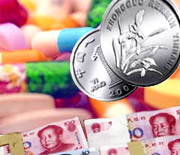Looking for more insights?
Sign up to stay informed about our latest article releases.
An article co-published on May 22 by China Social Science Literature Publishing house and China Medical Industry Magazine, entitled “Healthcare Greenpaper,” reviews a series of problems associated with China’s healthcare reform over the past 10 years. Of the five biggest problems identified by the paper, the worst one is prohibitively expensive treatment. To examine this issue, Knowledge at Wharton interviewed a variety of experts and officials on the state of health care in China and the changing relationships between hospitals and patients.

Sign up to stay informed about our latest article releases.